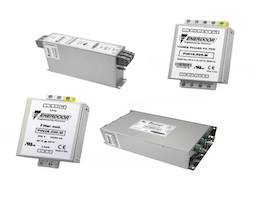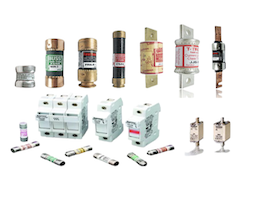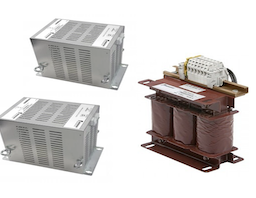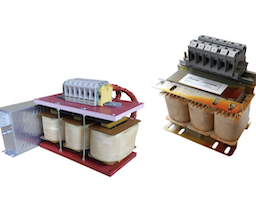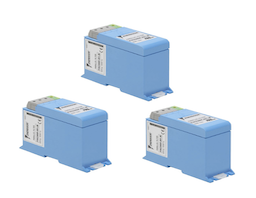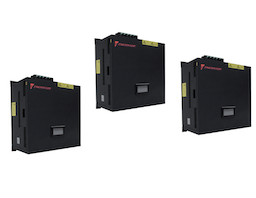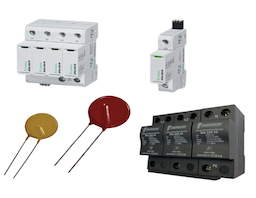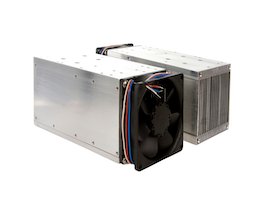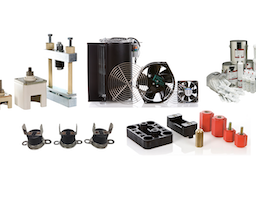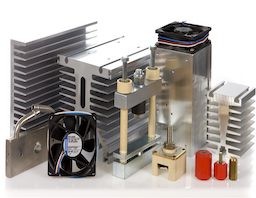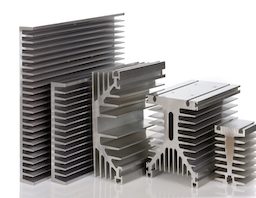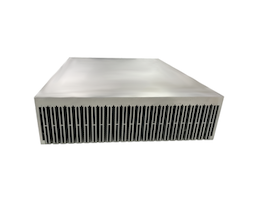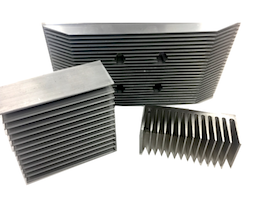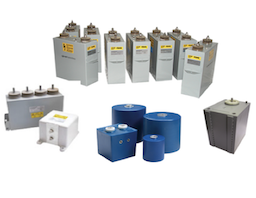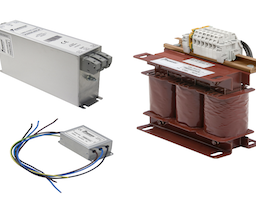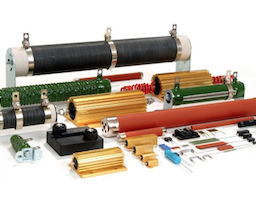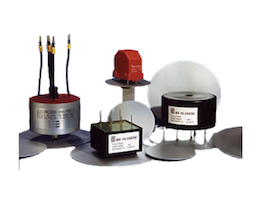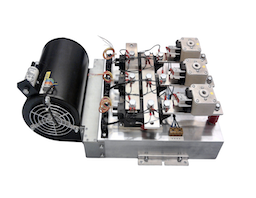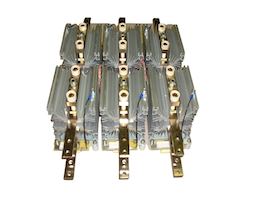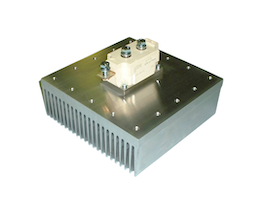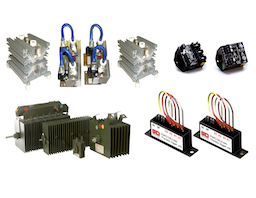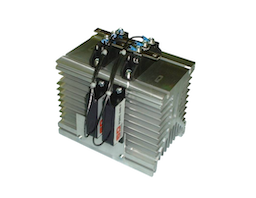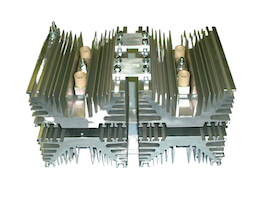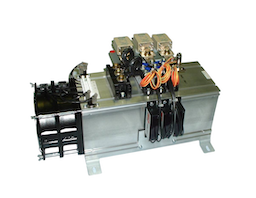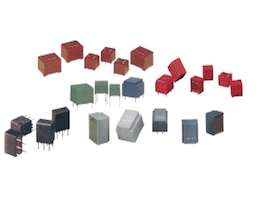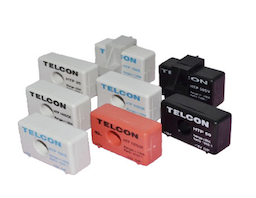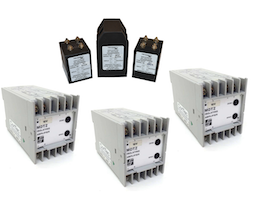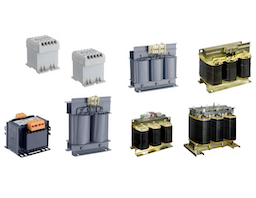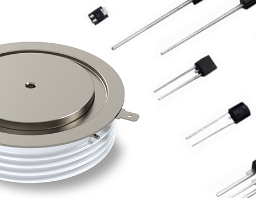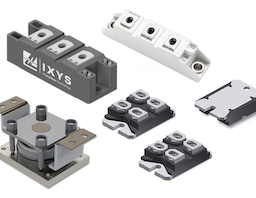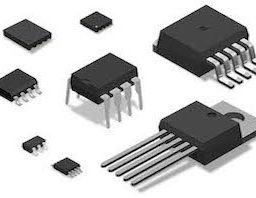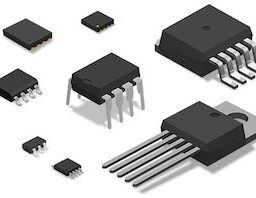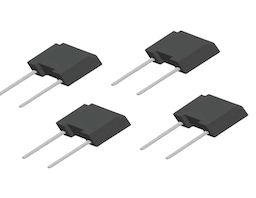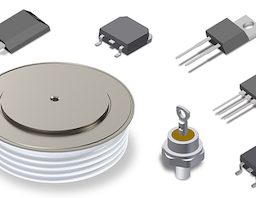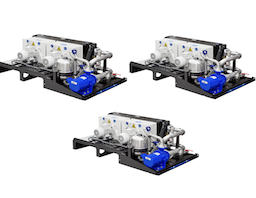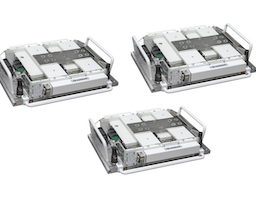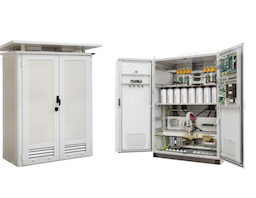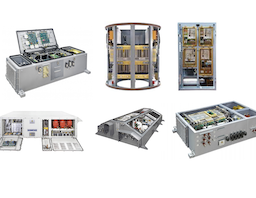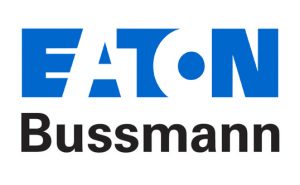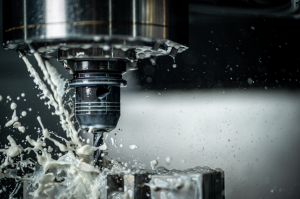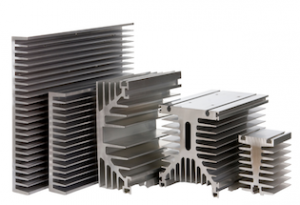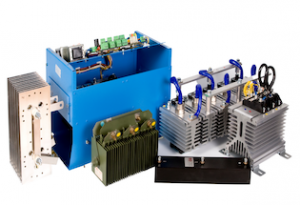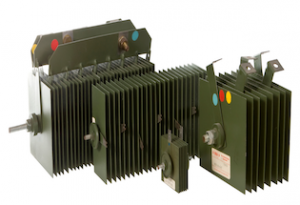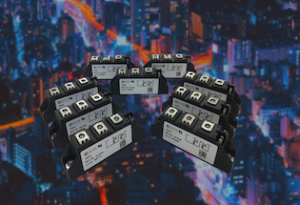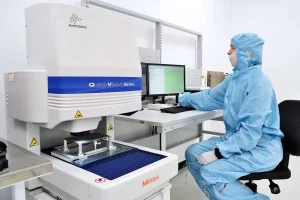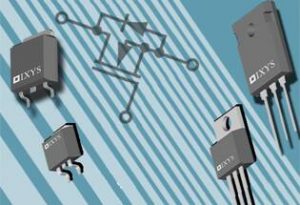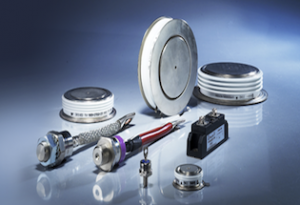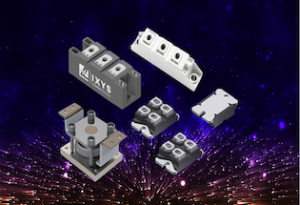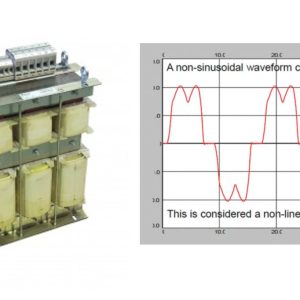28.10.2016
Understanding Circuit Protection – What You Need to Know
Published on: 28/10/2016
An overview of the circuit protection technologies
Circuit protection devices have two main purposes – safety and reliability. Safety is assured by the ability to disconnect the power in a circuit during overcurrent which in turn eliminates electrocution and fire hazards.
Circuit Protection
Crowbar vs. Clamping
The terms crowbar and clamping are often used to describe how overvoltage protection devices function during a transient event.
A crowbar circuit is used to prevent an overvoltage condition of a power supply unit from damaging the circuits attached to the power supply. This is achieved by putting a short circuit or low resistance path across the voltage output. A crowbar circuit is dissimilar to a clamp because once triggered, it reduces the voltage below the operating voltage of the system whereas the clamp holds the voltage just above the operating voltage of the system.
ESD Protection
MLV (multi-layer varistor) devices provide electrostatic discharge protection from low to medium energy transients in sensitive equipment operating at 0-120Vdc. They usually have peak current ratings form about 20 to 500A and a peak energy rating from 0.05 to 2.5 Joules.
Silicon protection arrays are multi-channel devices featuring very low clamping voltage which allows them to protect even the most sensitive circuits.
Polymeric ESD suppressors are the newest technology, designed to have minimal parasitic capacitance value (usually less than 0.2pF), which allows them to be used in the highest-speed digital circuits without causing any signal degradation.
Lightning Protection
Gas Discharge Tubes (GDTs) are used to protect telecom lines, signal lines and customer premise equipment from surge voltages. They are reliable, can handle surge currents up to 40,000A and reduce lightning induced transients.
Overcurrent Protection
The most common overcurrent devices are fuses; they are fast-acting or Slo-Blo types. Slo-Blo fuses help minimise repeated replacements when the circuit experiences a recurring overcurrent. To ensure safety procedures, a current interrupting type should be used for critical AC equipment that is often opened for maintenance operations. A current interrupting fuse clears within half of an AC cycle which limits the let-through current and prevents the conductor and component from overheating.
A Positive Temperature Coefficient (PTC) thermistor is an alternative to fuses and circuit breakers, it automatically limits the current to protect the device. Polymer based (PPTC) materials are often used and the trip current is normally x2 the holding current. When it reaches x10 the holding current, the PPTC usually trips in less than one second. The PPTC then cools and returns the circuit to normal operation.
Overvoltage Protection
The overvoltage protection circuit is based on energy containment, when the power supply voltage increases too much a thyristor short circuits the output. This means that the overvoltage is quickly removed from equipment power terminals and the protection fuses will blow. A wide range of overvoltage protection devices are available to suit all capabilities and characteristics.
GD Rectifiers stock a wide range of circuit protection solutions including: Fuses and Microswitches, Fuse Mountings, DV/DT, Varistors & Thermal Trips, Selenium Transient Suppressors and Breakover Diodes. We partner with industry-leading circuit protection manufacturers such as Bussmann, Mersen, Sirio, IXYS UK Westcode and Enerdoor.
View GD Rectifiers complete Circuit Protection range here or for further information please contact our friendly sales team today on: 01444 243 452 / [email protected]
